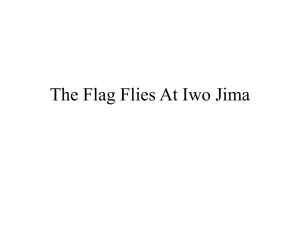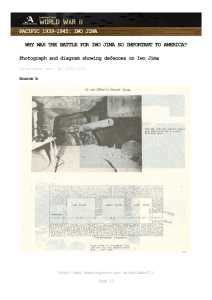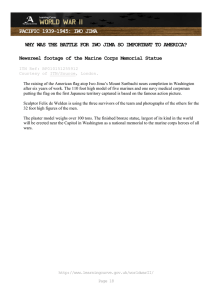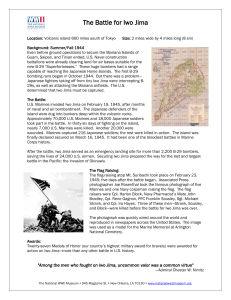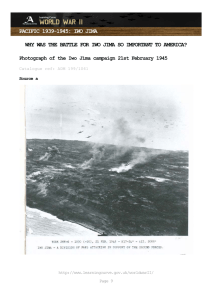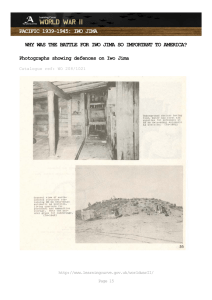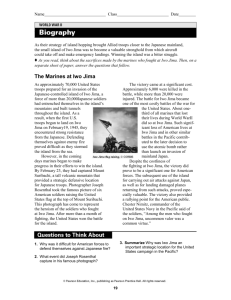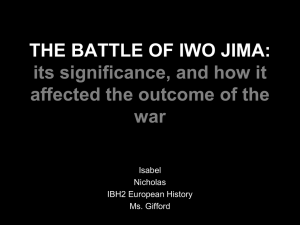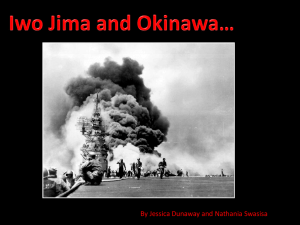LETTERS FROM IWO JIMA
advertisement
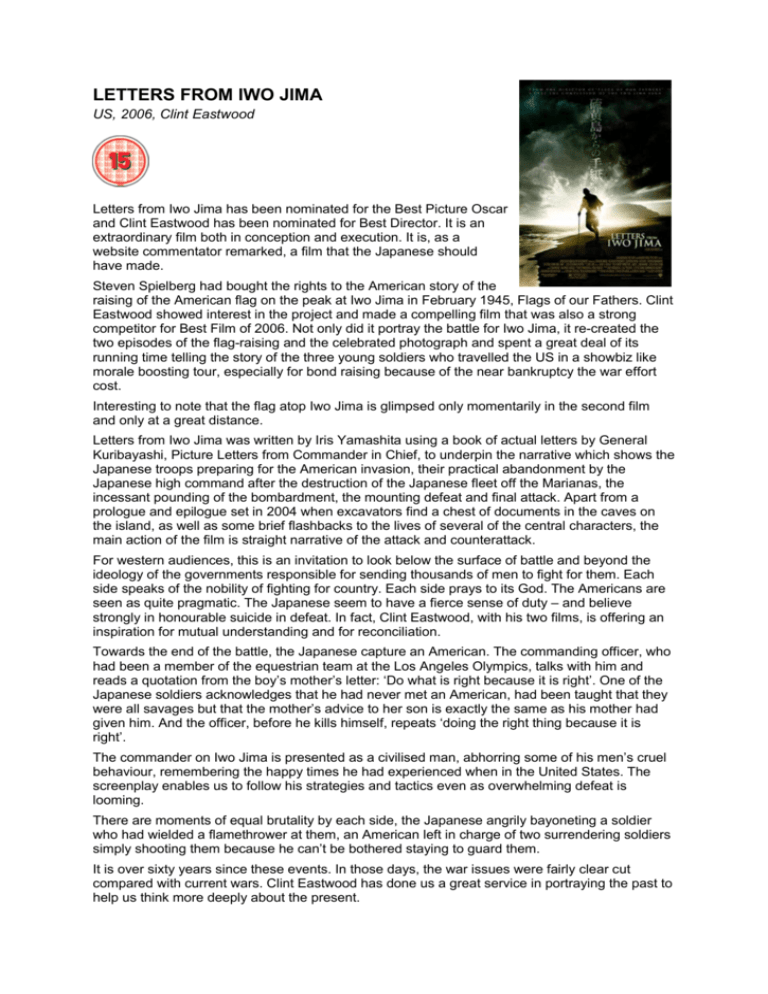
LETTERS FROM IWO JIMA US, 2006, Clint Eastwood Letters from Iwo Jima has been nominated for the Best Picture Oscar and Clint Eastwood has been nominated for Best Director. It is an extraordinary film both in conception and execution. It is, as a website commentator remarked, a film that the Japanese should have made. Steven Spielberg had bought the rights to the American story of the raising of the American flag on the peak at Iwo Jima in February 1945, Flags of our Fathers. Clint Eastwood showed interest in the project and made a compelling film that was also a strong competitor for Best Film of 2006. Not only did it portray the battle for Iwo Jima, it re-created the two episodes of the flag-raising and the celebrated photograph and spent a great deal of its running time telling the story of the three young soldiers who travelled the US in a showbiz like morale boosting tour, especially for bond raising because of the near bankruptcy the war effort cost. Interesting to note that the flag atop Iwo Jima is glimpsed only momentarily in the second film and only at a great distance. Letters from Iwo Jima was written by Iris Yamashita using a book of actual letters by General Kuribayashi, Picture Letters from Commander in Chief, to underpin the narrative which shows the Japanese troops preparing for the American invasion, their practical abandonment by the Japanese high command after the destruction of the Japanese fleet off the Marianas, the incessant pounding of the bombardment, the mounting defeat and final attack. Apart from a prologue and epilogue set in 2004 when excavators find a chest of documents in the caves on the island, as well as some brief flashbacks to the lives of several of the central characters, the main action of the film is straight narrative of the attack and counterattack. For western audiences, this is an invitation to look below the surface of battle and beyond the ideology of the governments responsible for sending thousands of men to fight for them. Each side speaks of the nobility of fighting for country. Each side prays to its God. The Americans are seen as quite pragmatic. The Japanese seem to have a fierce sense of duty – and believe strongly in honourable suicide in defeat. In fact, Clint Eastwood, with his two films, is offering an inspiration for mutual understanding and for reconciliation. Towards the end of the battle, the Japanese capture an American. The commanding officer, who had been a member of the equestrian team at the Los Angeles Olympics, talks with him and reads a quotation from the boy’s mother’s letter: ‘Do what is right because it is right’. One of the Japanese soldiers acknowledges that he had never met an American, had been taught that they were all savages but that the mother’s advice to her son is exactly the same as his mother had given him. And the officer, before he kills himself, repeats ‘doing the right thing because it is right’. The commander on Iwo Jima is presented as a civilised man, abhorring some of his men’s cruel behaviour, remembering the happy times he had experienced when in the United States. The screenplay enables us to follow his strategies and tactics even as overwhelming defeat is looming. There are moments of equal brutality by each side, the Japanese angrily bayoneting a soldier who had wielded a flamethrower at them, an American left in charge of two surrendering soldiers simply shooting them because he can’t be bothered staying to guard them. It is over sixty years since these events. In those days, the war issues were fairly clear cut compared with current wars. Clint Eastwood has done us a great service in portraying the past to help us think more deeply about the present.


